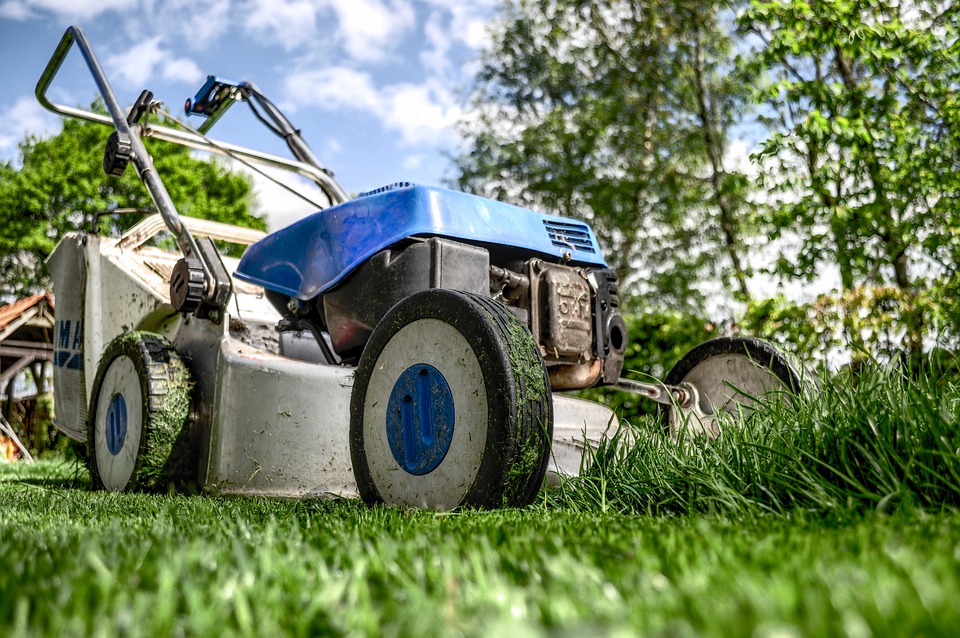Creating a garden that thrives and brings joy to your home requires careful planning and a thoughtful approach to plant selection. Choosing the right plants for your garden isn’t just about picking the prettiest flowers or the most exotic shrubs. It’s about understanding your environment, your gardening goals, and the specific needs of the plants you introduce to your garden. Here’s a comprehensive guide on how to choose the right plants for your garden.
Understanding Your Garden Environment
1. Climate
Climate is the most critical factor in choosing the right plants. Start by identifying your USDA Hardiness Zone, which tells you the average minimum winter temperature of your area. Different plants have varying levels of frost tolerance, so knowing your zone can steer you toward plants that will survive and thrive year-round.
2. Soil Type
Soil plays a huge role in plant health. Soil types range from sandy and well-drained to clay-heavy and poorly-drained. Conduct a soil test to determine your soil type and its pH level. Adjusting your selection to your soil conditions can significantly affect plant success. For example, lavender thrives in well-drained, sandy soils, while hydrangeas prefer rich, moisture-retentive soils.
3. Sunlight
Observe how much sunlight different parts of your garden receive throughout the day. Plants are usually categorized based on their sunlight needs: full sun (6-8 hours), partial shade (3-6 hours), or full shade (less than 3 hours). Ensure that the plants you choose align with the light conditions in your garden areas.
Identifying Your Gardening Goals
1. Aesthetic Appeal
Decide on a theme or style for your garden – cottage garden, tropical paradise, minimalist modern – and choose plants that complement that style. Consider color schemes, plant height, texture, and bloom times to create a cohesive and visually appealing garden.
2. Functionality
Think about the function of your garden. Are you looking to create a space for relaxation, a play area for children, a habitat for wildlife, or a vegetable garden? The purpose of your garden will guide you in choosing the right plants. For instance, if you want a butterfly garden, prioritize plants like milkweed, lantana, and buddleia that attract pollinators.
3. Maintenance Level
Assess how much time you can dedicate to garden care. Low-maintenance plants like succulents, ornamental grasses, and native perennials are ideal for busy gardeners. High-maintenance plants, such as roses, may require more frequent watering, pruning, and pest control.
Choosing the Right Plants
1. Perennials vs. Annuals
Understand the difference between perennials, which come back every year, and annuals, which complete their life cycle in one growing season. Integrate both types for a garden that has consistent structure and bursts of seasonal color. For example, combine perennial hostas and ferns with annual impatiens or petunias.
2. Native Plants
Native plants are adapted to your local climate and soil, making them generally low-maintenance and resilient. They also support local wildlife, providing habitats and food sources. Research native plant species in your area and incorporate them into your garden design. In North America, native plants like coneflowers, black-eyed Susans, and blazing star are excellent choices.
3. Diverse Plant Selection
A diverse plant selection helps create a balanced ecosystem and reduces the risk of pest infestations and diseases. Include a variety of plant species, including trees, shrubs, perennials, annuals, and groundcovers. Diversity also extends bloom times, ensuring your garden has color and interest throughout the seasons.
Special Considerations
1. Water Needs
Consider the water needs of your plants and match them to your irrigation capabilities. Drought-tolerant plants like succulents, lavender, and sage are suitable for areas with limited rainfall. In contrast, moisture-loving plants like ferns and astilbes will thrive in consistently damp soils.
2. Size and Growth Habit
Research the mature size and growth habit of the plants you’re considering. This ensures that you don’t inadvertently plant something that will outgrow its space and require extensive pruning or removal later. Also, consider the growth rate. Fast-growing plants might provide quick coverage but could become invasive or require more maintenance.
3. Pest and Disease Resistance
Select plants that are resistant to common pests and diseases in your area to minimize the need for chemical treatments. Check local gardening resources or nurseries for information on pest-resistant plant varieties.
Practical Tips for Plant Selection
- Visit Local Nurseries and Garden Centers: Local nurseries often carry plants that are well-suited to your region’s conditions. Staff can provide valuable advice and insight.
- Join Garden Clubs or Online Forums: Engaging with other gardeners can provide recommendations, experiences, and tips specific to your local area.
- Start Small: If you’re new to gardening or testing a new plant type, start with a small number of plants to see how they perform before committing to a larger investment.
- Use Garden Design Apps: There are numerous garden design apps that can help you visualize your plant choices and layout, ensuring a harmonious and functional garden design.
Conclusion
Choosing the right plants for your garden is a blend of art and science. By understanding your garden’s environment, defining your goals, and selecting plants that align with those factors, you can create a garden that is not only beautiful and functional but also sustainable and easier to maintain. Be mindful of your climate, soil, and light conditions, and don’t hesitate to seek advice from local experts and fellow gardeners. With thoughtful planning and a bit of patience, your garden will become a thriving oasis that brings satisfaction and joy for years to come.


